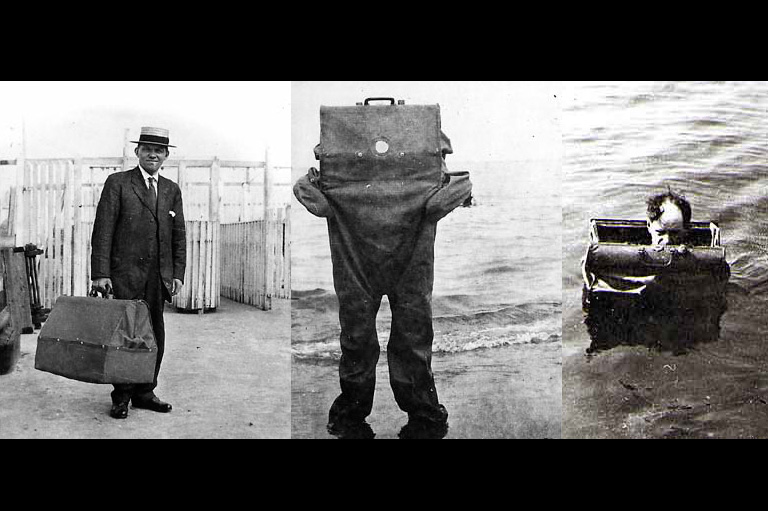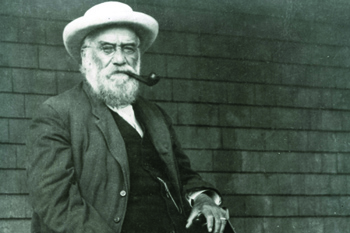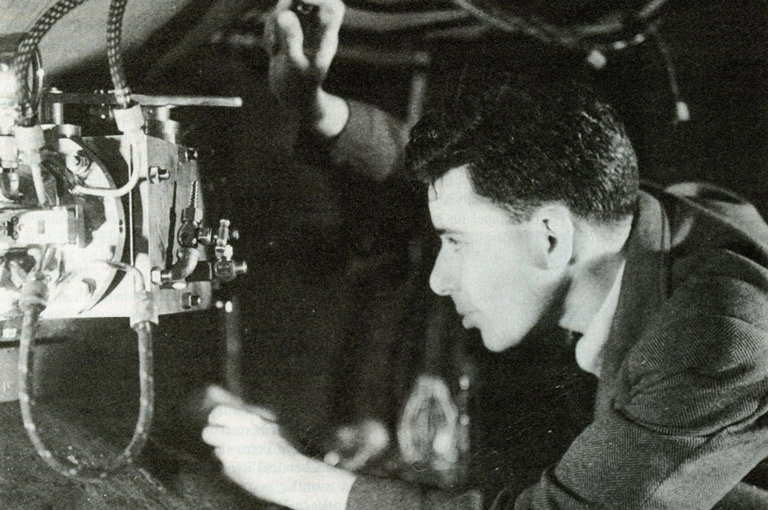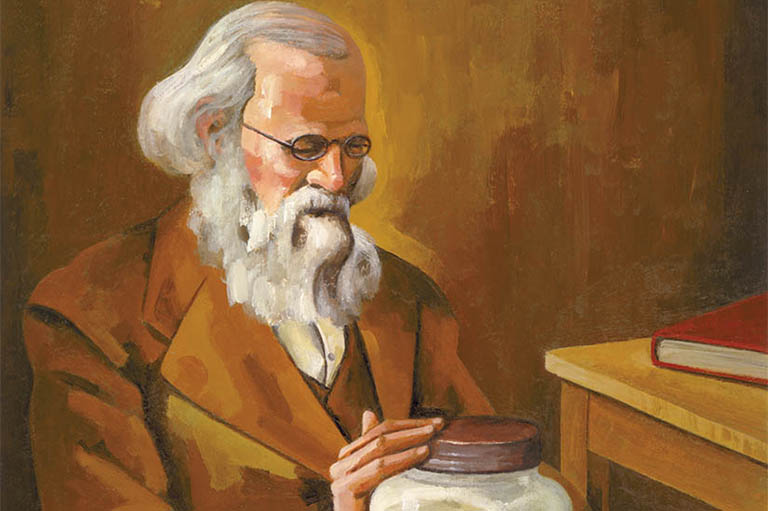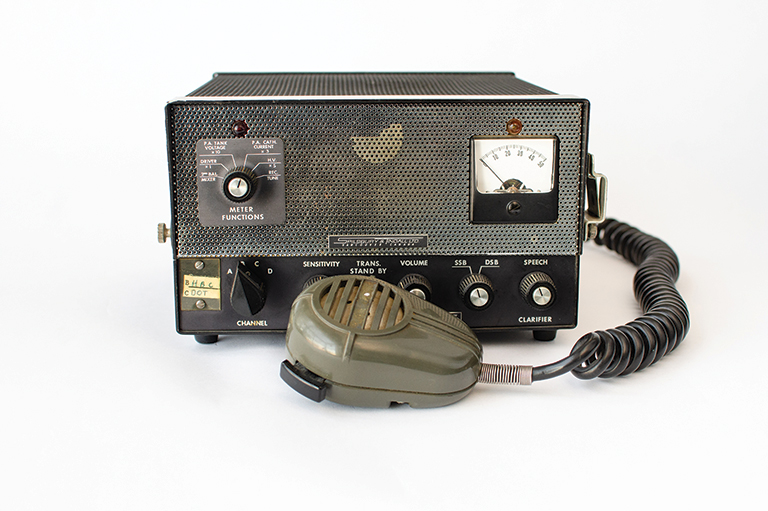Discover a wealth of interesting, entertaining and informative stories in each issue, delivered to you six times per year.
Giant Squid
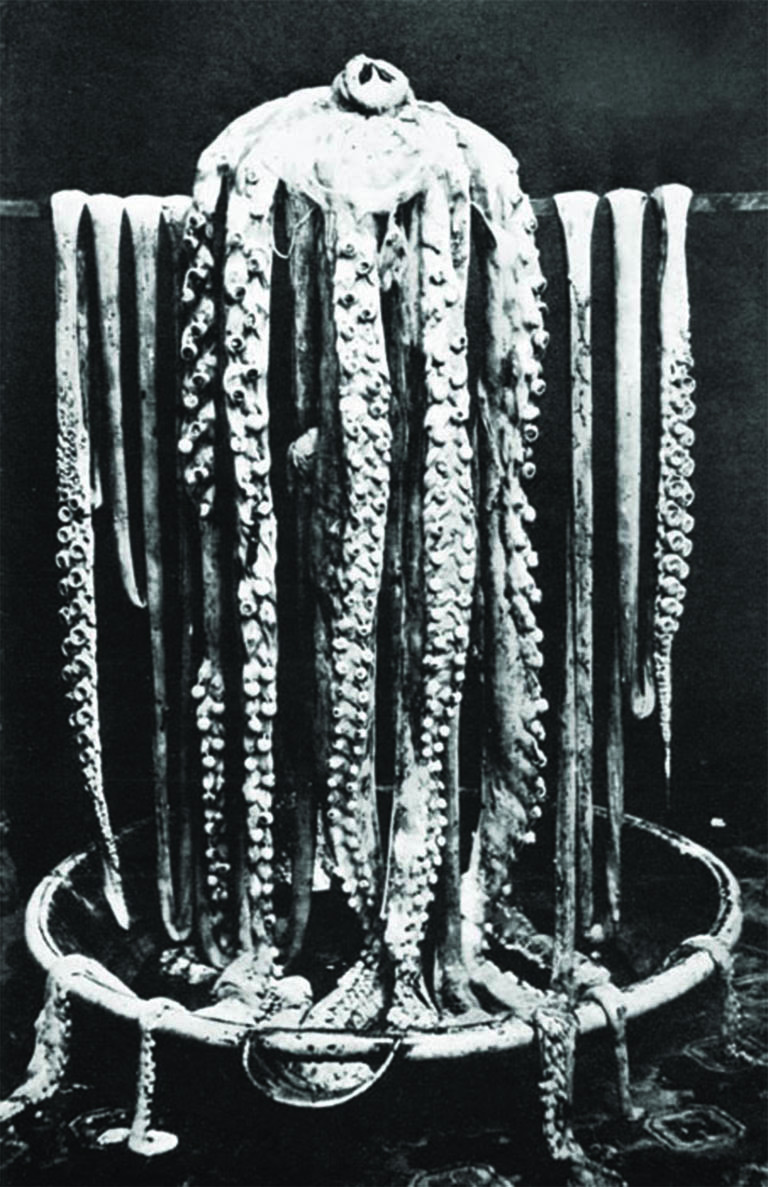
One day in October of 1873, Rev. Moses Harvey opened his front door in St. John’s, Newfoundland, to discover that monsters exist.
Before him was a six-metre length of ropy tentacle, severed from a living giant squid. Dusky red and tough as leather, it was about the thickness of a man’s wrist.
As a man of science, Harvey knew the value of his prize. He would later describe it as “the veritable arm of the hitherto mythical devilfish.”
Stories of gigantic sea monsters had been around for centuries, but they were difficult to verify. What had come into Harvey’s possession was apparently the first conclusive evidence of the existence of Architeuthis — the giant squid.
The squid was found by local fishermen, who had to put up quite a fight to keep the creature from pulling them under.
A few weeks later, fishermen in a neighbouring community grappled with another giant squid. This one also ended up with Harvey, who was known to take an interest in the creatures.
Harvey measured the squid at about fifteen metres. He had it photographed from an iron crossbar in his sponge bath and later shipped it to a researcher at Yale University. The creature’s existence was now scientifically confirmed, and its fame spread worldwide.
While not common, quite a few giant squid were sighted in Harvey’s time. Dozens of giant squid were reportedly washed ashore or seen floating on the surface in Newfoundland waters from 1871 to 1881.
Giant squid remain elusive today. It was only a few years ago that an underwater camera captured remarkable footage of the animal.
Themes associated with this article
You might also like...

Canada’s History Archive, featuring The Beaver, is now available for your browsing and searching pleasure!


